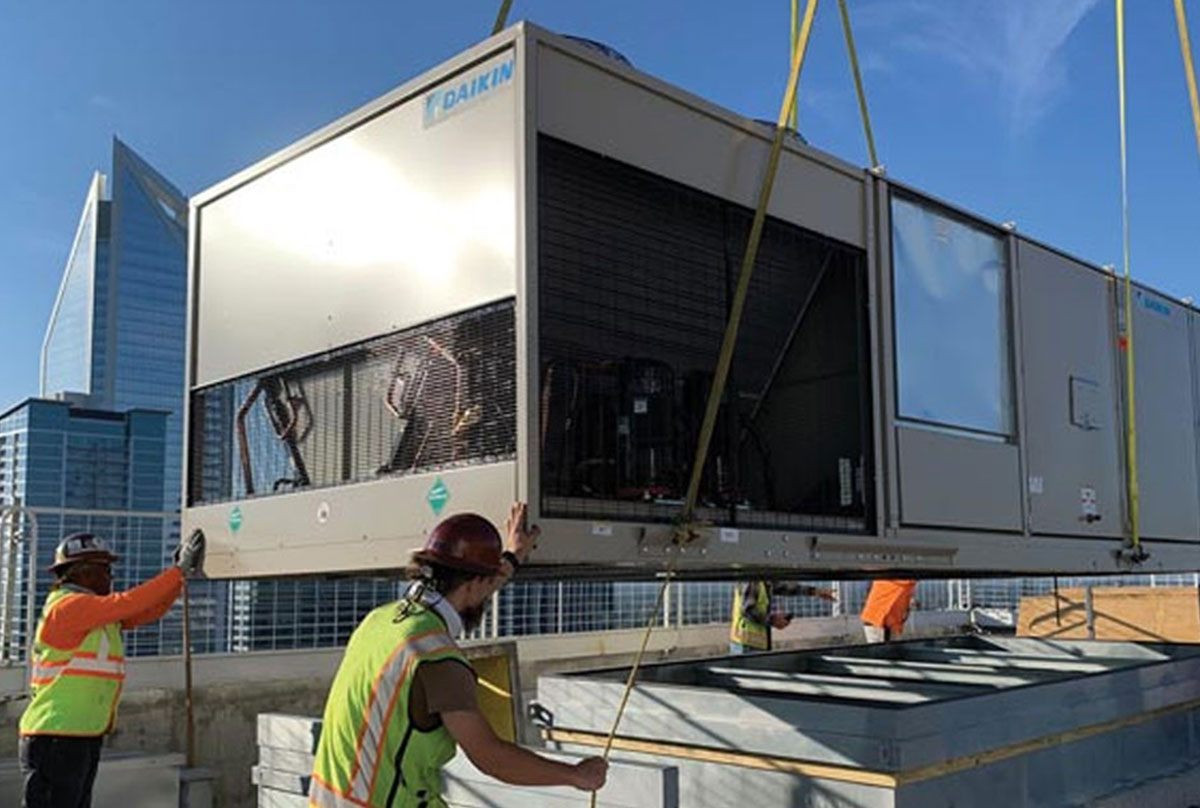Intro
As the demand for digital services continues to skyrocket, data centers are growing in size and generating more heat than ever before. While this rise in temperature poses challenges for data center operators, it also presents a unique opportunity – repurposing the excess heat for various applications. In this blog post, we will explore how data centers, once considered energy-consuming monsters, are now emerging as attractive sources of heat.
Rise in temperature poses challenges for data center operators, it also presents a unique opportunity – repurposing the excess heat for various applications.
–
Increasing Heat Generation:
Data centers house thousands of servers and networking equipment, generating a substantial amount of heat during their operations. As data centers expand to meet the growing demand for cloud storage and computing power, the heat output also increases. The excess heat can pose a threat to the efficient and reliable functioning of data centers if not appropriately managed.
Heat Recovery and Reuse: Forward-thinking data center operators are now capitalizing on this excess heat by implementing heat recovery systems. These systems capture the waste heat and repurpose it for other applications, such as heating nearby buildings, universities, or even entire communities. By utilizing this otherwise wasted energy, data centers can contribute to sustainability efforts and reduce their carbon footprint.
Forward-thinking data center operators are now capitalizing on this excess heat by implementing heat recovery systems
–

District Heating and Cooling:
In some cases, data centers collaborate with local governments and utility companies to create district heating and cooling networks. The excess heat generated by data centers is channeled into these networks, providing warmth to residential and commercial buildings during colder months. This approach not only reduces the reliance on traditional heating systems but also saves energy and reduces greenhouse gas emissions.
Green Initiatives and Cost Savings:
Harnessing the excess heat from data centers aligns with environmental sustainability goals. By repurposing the heat, the reliance on fossil fuel-based heating systems can be significantly reduced, leading to lower carbon emissions. Additionally, this heat reuse strategy can result in cost savings for both data center operators and the beneficiaries of the heat, as it reduces the need for traditional heating sources.

Innovation and Collaboration: The concept of utilizing data center heat is driving innovation and collaboration between different industries. Data center operators, energy companies, and local communities are coming together to explore creative solutions for heat recovery and reuse. These collaborative efforts are shaping a more sustainable and interconnected future, where excess heat is viewed as a valuable resource rather than a burden.
Conclusion: Data centers, once seen as energy-intensive facilities, are now emerging as attractive sources of heat. By repurposing the excess heat generated during operations, data centers contribute to sustainability goals, reduce carbon emissions, and create cost-saving opportunities. As the demand for digital services continues to grow, harnessing the heat from data centers presents a win-win situation – addressing the challenges of heat management while delivering tangible benefits to surrounding communities and the environment as a whole.


Leave a Reply